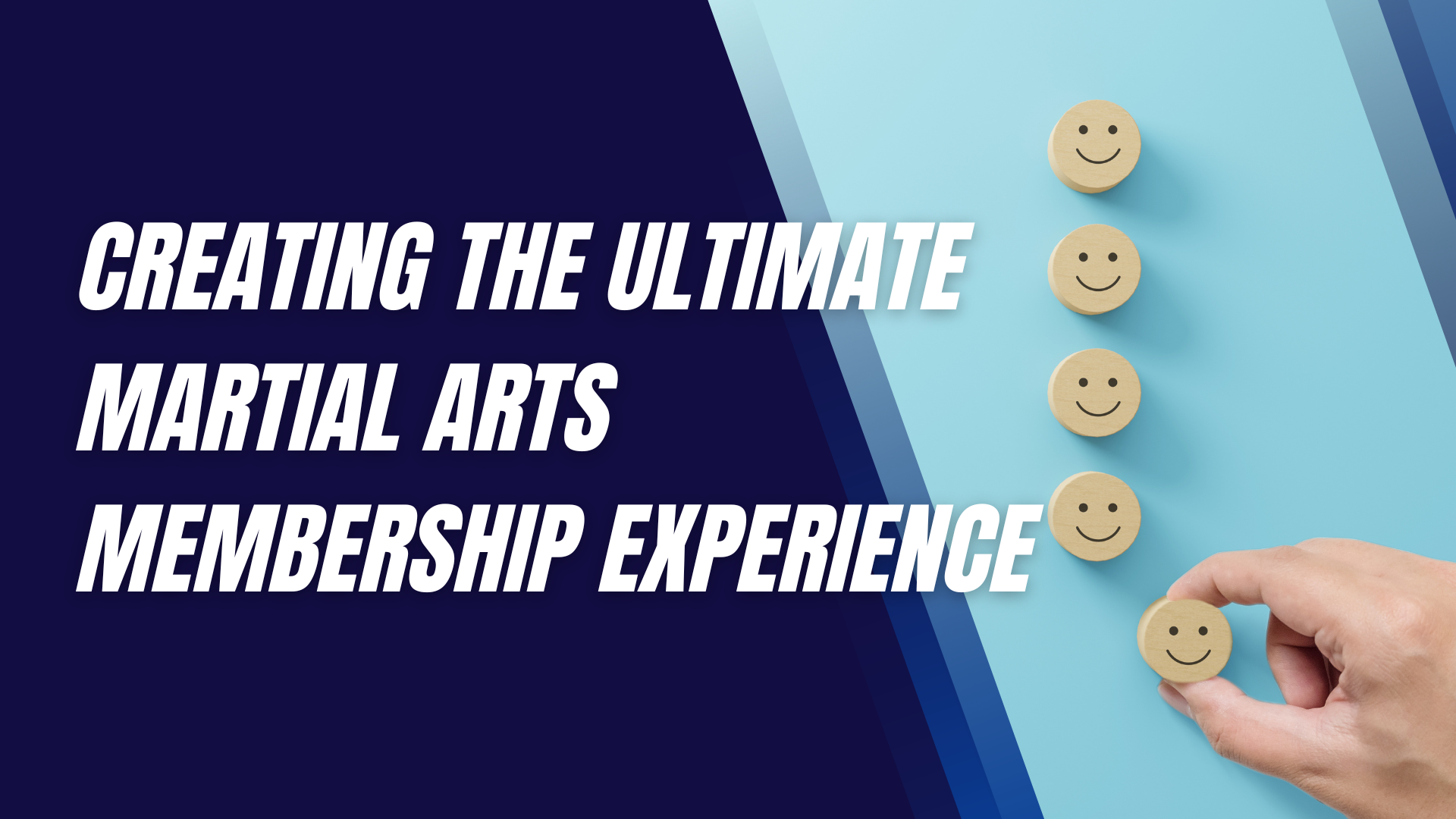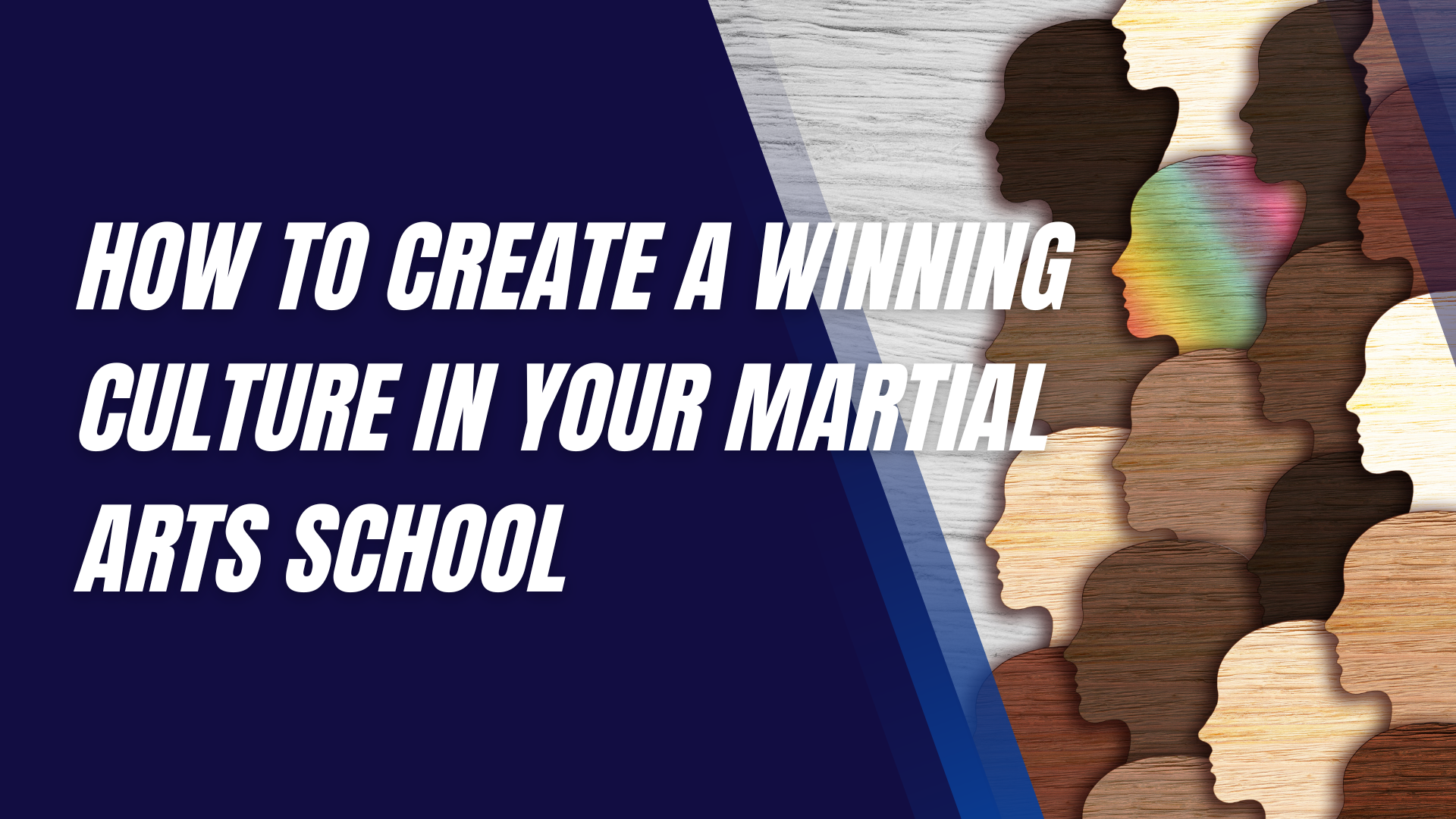The Role of Wrist Strength in Grappling Arts
When it comes to grappling arts like Brazilian Jiu-Jitsu, Judo, or wrestling, physical conditioning often takes center stage.
Everyone talks about core strength, leg power, and even finger strength, but there's one aspect that often flies under the radar: wrist strength. It's easy to overlook, but the strength and stability of your wrists can make a world of difference in your grappling game. From securing tight grips to executing powerful throws, your wrists are at the frontline of every movement. So, let’s dive deep into why wrist strength is crucial in grappling arts and how you can develop it.
Understanding Grappling Arts
Grappling arts are all about gaining control over an opponent through various techniques like holds, throws, and locks. Unlike striking martial arts, grappling focuses on close-quarters combat where the goal is to dominate your opponent using leverage and position. Popular grappling disciplines include Brazilian Jiu-Jitsu, Judo, wrestling, and Sambo. Each of these styles emphasizes different aspects of grappling, but they all share a common need: the ability to maintain control, and that starts with a solid grip.
The Anatomy of Wrist Strength
Wrist strength isn't just about having a strong grip; it's a combination of several factors. The main muscles involved include the flexors and extensors of the forearm, which allow for wrist flexion, extension, and rotation. Additionally, the smaller stabilizing muscles play a critical role in wrist stability, which is essential in resisting the forces exerted by an opponent. The interplay of these muscles enables you to maintain control in various positions and apply techniques effectively.
Why Wrist Strength Matters in Grappling
So why exactly does wrist strength matter so much in grappling? For starters, a strong wrist can significantly enhance your grip strength, allowing you to hold onto your opponent’s gi, wrist, or any part of their body more securely. This grip is the foundation of many techniques, whether you're aiming for a takedown, controlling your opponent’s posture, or setting up a submission.
Moreover, wrist strength contributes to joint stability, reducing the risk of injuries like sprains and strains, which are common in grappling sports. Strong wrists also allow you to apply more force in your throws and submissions, as the wrist often serves as a pivot point in these movements.
Specific Applications of Wrist Strength in Grappling
The applications of wrist strength in grappling are numerous. Think about securing a wrist lock or maintaining a strong grip during a choke – these techniques rely heavily on the integrity and power of your wrists. Transitioning between positions, like moving from guard to mount, also requires a stable grip and strong wrists to control your opponent effectively. Additionally, when applying pressure in holds, your wrist strength ensures that you can maintain consistent pressure without fatiguing quickly.
Common Wrist-Related Injuries in Grappling
Wrist injuries are quite common in grappling due to the constant strain and awkward positions they are subjected to. Common injuries include wrist sprains, strains, and tendonitis, often resulting from overuse or improper technique. Preventive measures, such as proper warm-ups, wrist strengthening exercises, and technique adjustments, can go a long way in minimizing these risks. It’s also important to listen to your body and avoid pushing through pain, as this can lead to more severe injuries.
Exercises to Improve Wrist Strength
Improving wrist strength doesn’t require complex equipment or excessive time. Simple exercises like wrist curls, extensions, and wrist rotations can build the necessary muscles. Grip-specific drills, such as farmer’s walks, dead hangs, and using grip trainers, directly translate to improved performance on the mat. Adding flexibility exercises can also enhance your wrist mobility, allowing for better movement and control.
Integrating Wrist Strength Training into Grappling
To get the most out of your wrist training, it’s essential to integrate it into your overall grappling routine. Balance strength training with your regular technique drills, ensuring that you don’t overtrain and risk injury. Progressive overload, where you gradually increase the difficulty of your exercises, can help you build strength over time. Always prioritize recovery, as your wrists, like any other part of your body, need time to adapt and grow stronger.
Equipment for Wrist Strengthening
Various tools can assist in developing wrist strength, from basic items like resistance bands and dumbbells to specialized equipment like wrist rollers and rice buckets. These tools allow for targeted strengthening, improving different aspects of wrist function. For example, wrist rollers are great for building endurance, while grip trainers can significantly enhance your overall grip strength.
Success Stories: Athletes Who Excelled with Strong Wrists
Many successful grapplers have demonstrated the importance of wrist strength in their careers. Consider high-level athletes in Judo or BJJ who can maintain seemingly unbreakable grips or execute throws with incredible power. These athletes often credit their wrist training as a crucial element of their success, allowing them to outmaneuver and control their opponents effectively.
Common Misconceptions About Wrist Strength in Grappling
A common misconception in grappling is that wrist strength is innate – you either have it, or you don’t. However, wrist strength, like any other aspect of physical conditioning, can be developed with consistent training. Another myth is that wrist strength is less important than other physical attributes, but as many experienced grapplers will tell you, the ability to maintain control starts at the wrist.
The Role of Wrist Strength in Different Grappling Styles
While all grappling styles benefit from strong wrists, the application can vary. For instance, in Judo, wrist strength is crucial for grip fighting and executing throws. In Brazilian Jiu-Jitsu, it’s vital for maintaining control and applying submissions. Wrestlers rely on wrist strength to secure holds and execute takedowns. Adapting your wrist training to your specific grappling style can yield the best results.
Final Thoughts
Wrist strength is a pivotal, yet often overlooked, aspect of grappling arts. Whether you’re controlling your opponent, executing a throw, or applying a submission, your wrists are involved in almost every movement. By incorporating wrist strengthening exercises into your training routine, you can enhance your grip, improve your control, and reduce the risk of injuries. So, take the time to strengthen those wrists – it might just be the key to elevating your grappling game.
Interested in trying a martial arts class? Find an affiliated academy anywhere in the country by clicking here.
Have your own martial arts program? Get to know more about what we have to offer at Ground Standard Agency for helping martial arts businesses grow.
Email us at info@groundstandard.com, or call and text us at (732) 907-8920 today to learn how to start growing your own academy, school, dojo, or gym with us as well.
Share this article












